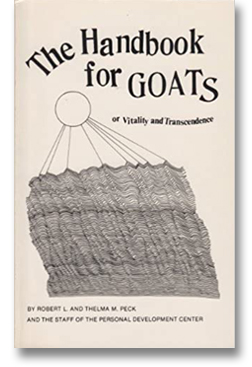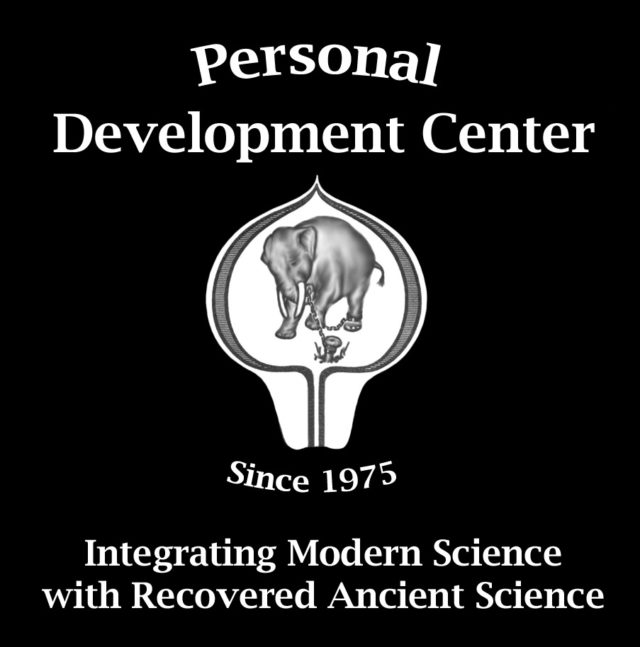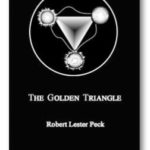March 17, 2022

The Handbook for Goats
| Copyright: | 1985 |
| Publisher: | Personal Development Center |
| Binding: | Paperback |
| Number of Pages: | 136 |
| ISBN10: | 0-917828-00-3 |
| ISBN13: | 978-0-917828-00-3 |
| Book Price: | $12.95 |
The Handbook for Goats
The Handbook for Goats or Vitality and Transcendence
Overview
In the first section of The Handbook for Goats, Basics or Aphorisms, Peck lists short aphorisms to provide the reader with new perspectives of the self. People are grouped as largely existing in two opposite states: a world of exploration and expansion and a world of clinging to the status quo and familiar paths as ruts. These opposites are represented by two groups—Goats and Sheep. These aphorisms and models serve to help stimulate inner feelings and/or concepts within the reader.
The second section, Elaboration on the Basics, provides an analysis of each of the presented aphorisms. Individuals should find they are able to identify or empathize with the wisdom presented. In the third part of the book, Applications of the Basics, Peck elaborates on the concepts and methods of increasing vitality. He explains how vitality becomes the power behind evolution. In addition, Peck contrasts Eastern and Western cultural perspectives of vital energy.
In the last section of The Handbook for Goats, Peck provides two models for discussing altered states of consciousness. He begins examining changes in consciousness through the common experience of dreams. Discussions range from how dreams can provide a mechanism for entering higher states of consciousness to the fascinating aspects of the REM dream state and the twilight zone state. Peck then concludes with a model of a Western koan entitled “2116 A.D.” Considering this koan helps readers to experience their inner self as an observer.



